BBC Earth newsletter
BBC Earth delivered direct to your inbox
Sign up to receive news, updates and exclusives from BBC Earth and related content from BBC Studios by email.
Environment
We were on Inchkeith island for less than an hour before we found our first dead body.
It was lying in the middle of a ruined shed, overlooking the spot where the boat had dropped us off. We were here for the final shoot of our series about wildlife in abandoned places and the shed had looked like the perfect place to set-up, safe from the Scottish rain.
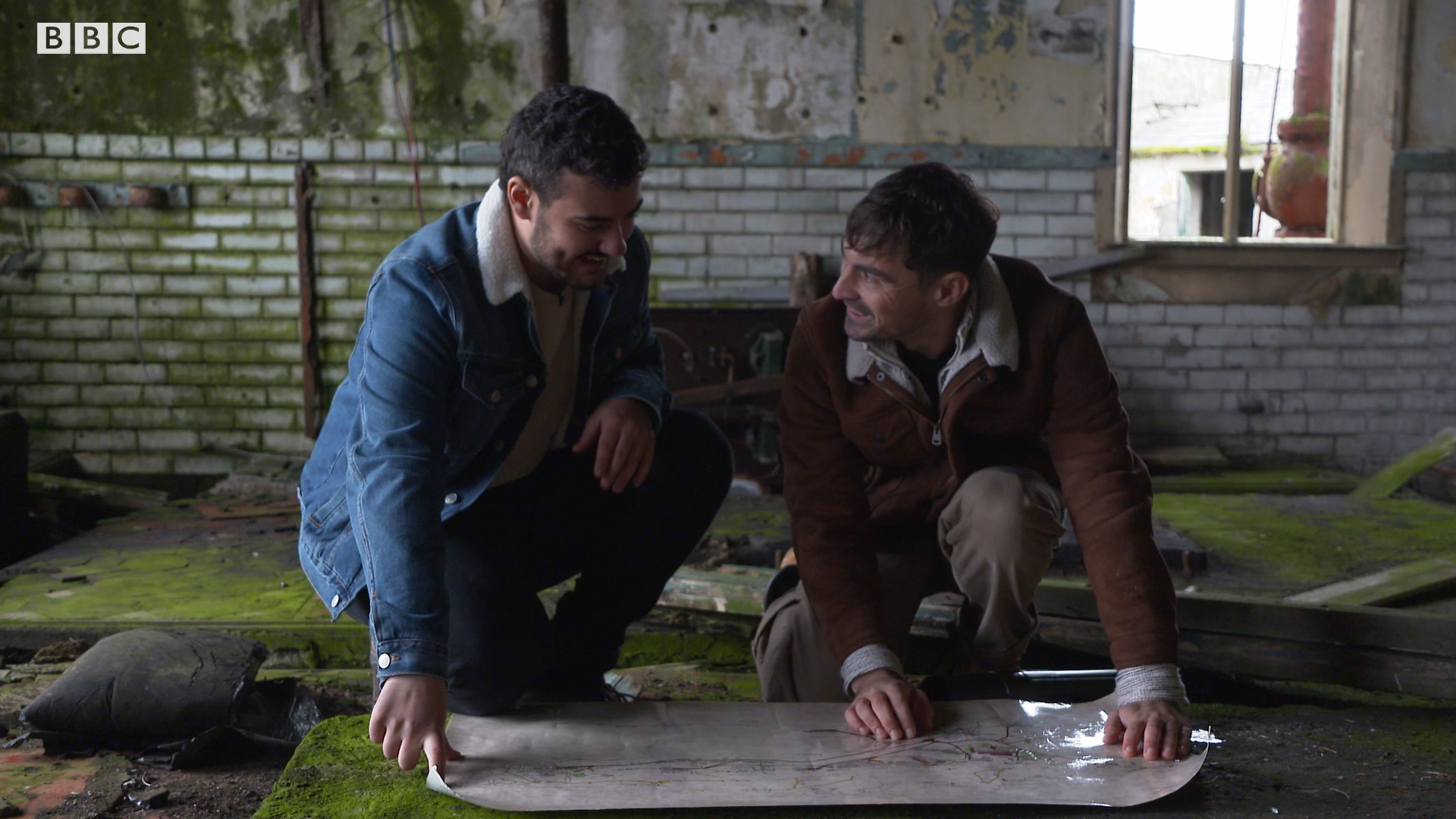
It was the smell that hit me straight away."
“It was the smell that hit me straight away,” says Yussef Rafik, zoologist and wildlife presenter for After We’ve Gone. The source of the smell was obvious – a dead seal pup. There was little of it left now but you could still see tufts of white baby fur and that unmistakable skull. The sweet, sickly smell of decay was a reminder to all of us that this was a place where nature was left to manage itself.
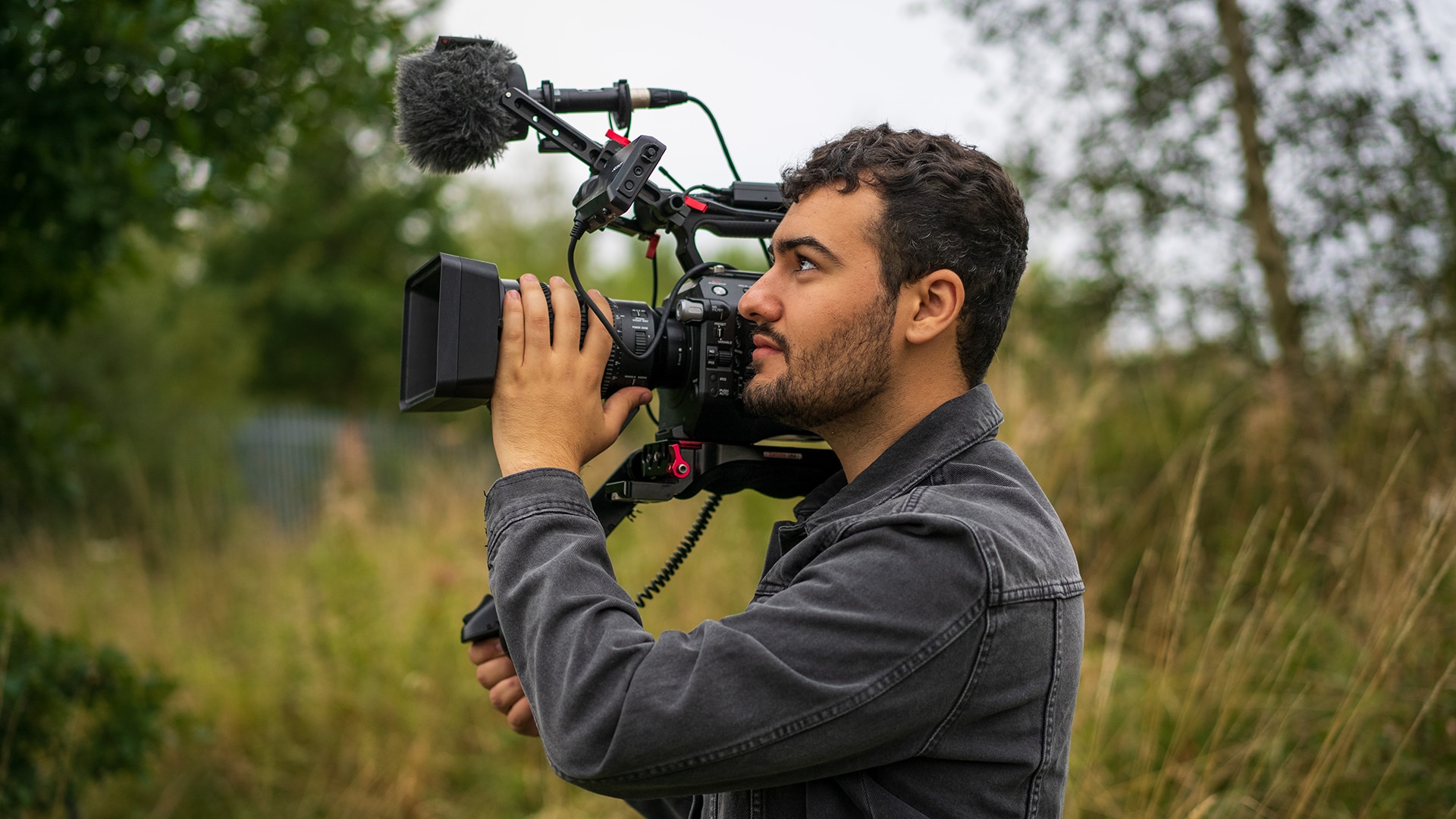
“Nobody wants to see a dead seal pup but that’s nature sometimes. Seeing that first seal added to the feeling that we were somewhere that humans weren't supposed to be, a harsh place,” adds Yussef.
That feeling continued as we crunched our way further onto this privately-owned island, and found the paths littered with bones. But contradictory as it sounds, the animal skeletons of Inchkeith are actually good news for a location once owned by the military – it’s a sign that wildlife is returning.
Inchkeith has always been strategically placed, lying as it does only 30 minutes off the coast of Edinburgh. Fortified again and again for more than 500 years, it was important enough to warrant royal attention, and the insignias of both Queen Victoria and Mary, Queen of Scots can still be seen stamped on the island.
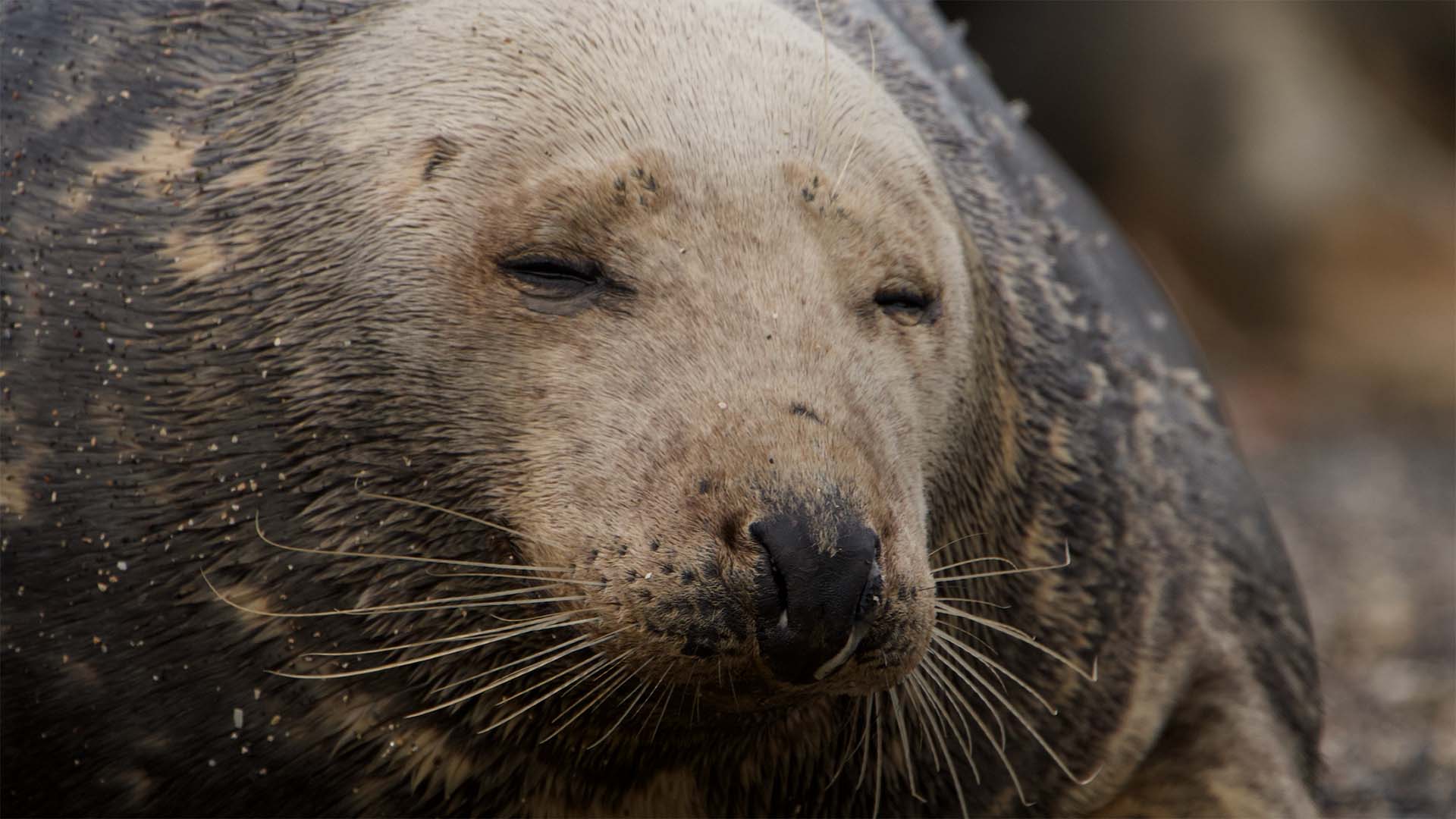
“There are hundreds of years of really important history here, all just abandoned after the Second World War. There are rooms full of objects from a bygone era. It’s just really strange to see a glimpse of what would happen if people stopped existing on this planet,” says Dan O’Neill, wildlife filmmaker and presenter. Dan is probably more at home filming in a rainforest than in derelict buildings; he’s used to it taking days, weeks even, to spot an animal that doesn’t want to be found. But here on Inchkeith, we were practically tripping over wildlife.
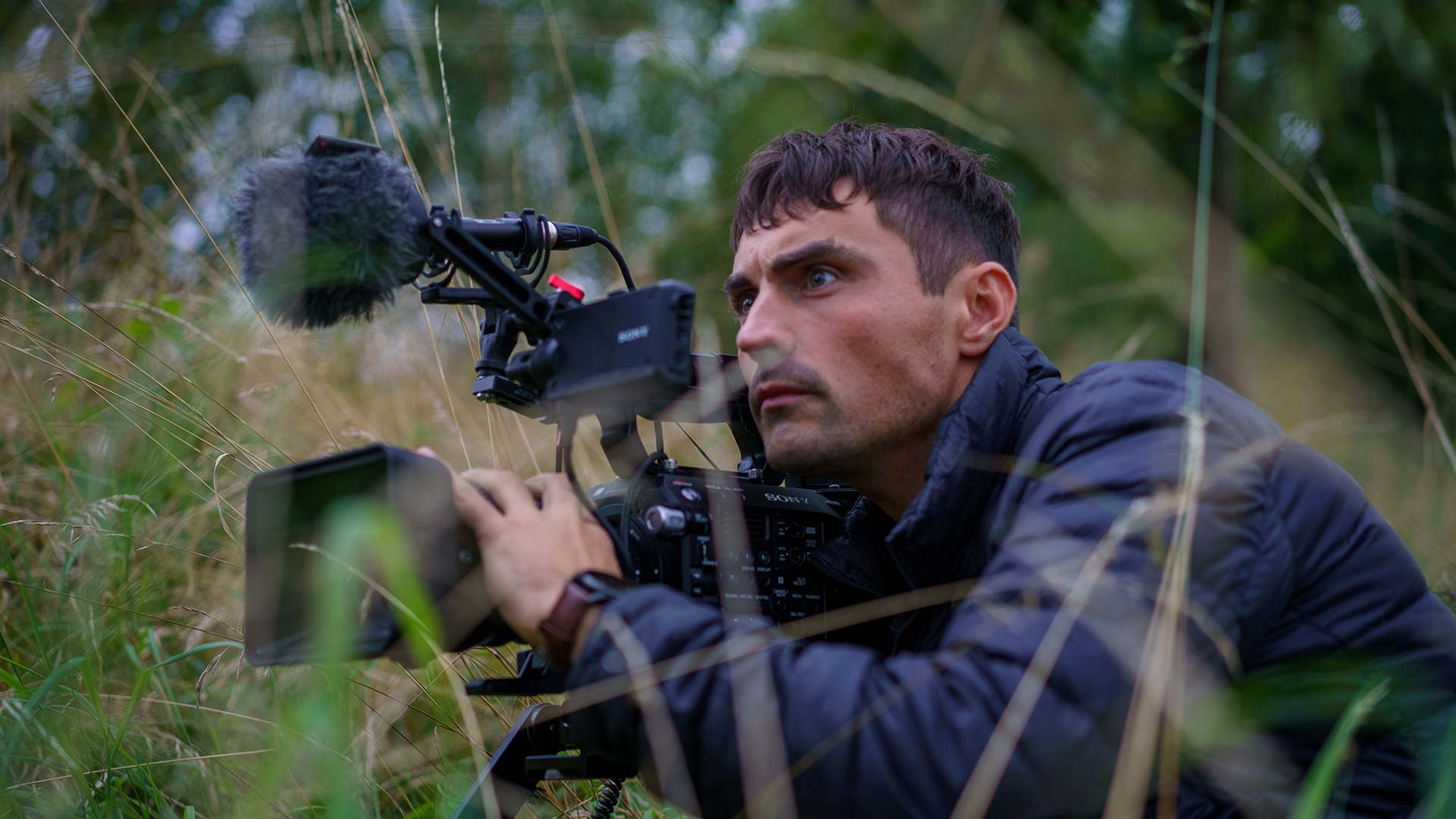
It’s just really strange to see a glimpse of what would happen if people stopped existing on this planet."
“I can’t believe there are so many seals!” whispered Yussef to me, when we reached the first beach. We tiptoed past at a safe distance, so as not to disturb the dozens of pregnant females, and set-up our cameras in a nearby watchtower. Newly born pups squirmed on the beach in front of us, still stained yellow from the amniotic fluid. It was an amazing sight but more amazing still is the fact that these grey seals only started breeding on Inchkeith regularly about 20 years ago. It’s a similar story for the puffins, cormorants, and European shags who all now nest on the island.
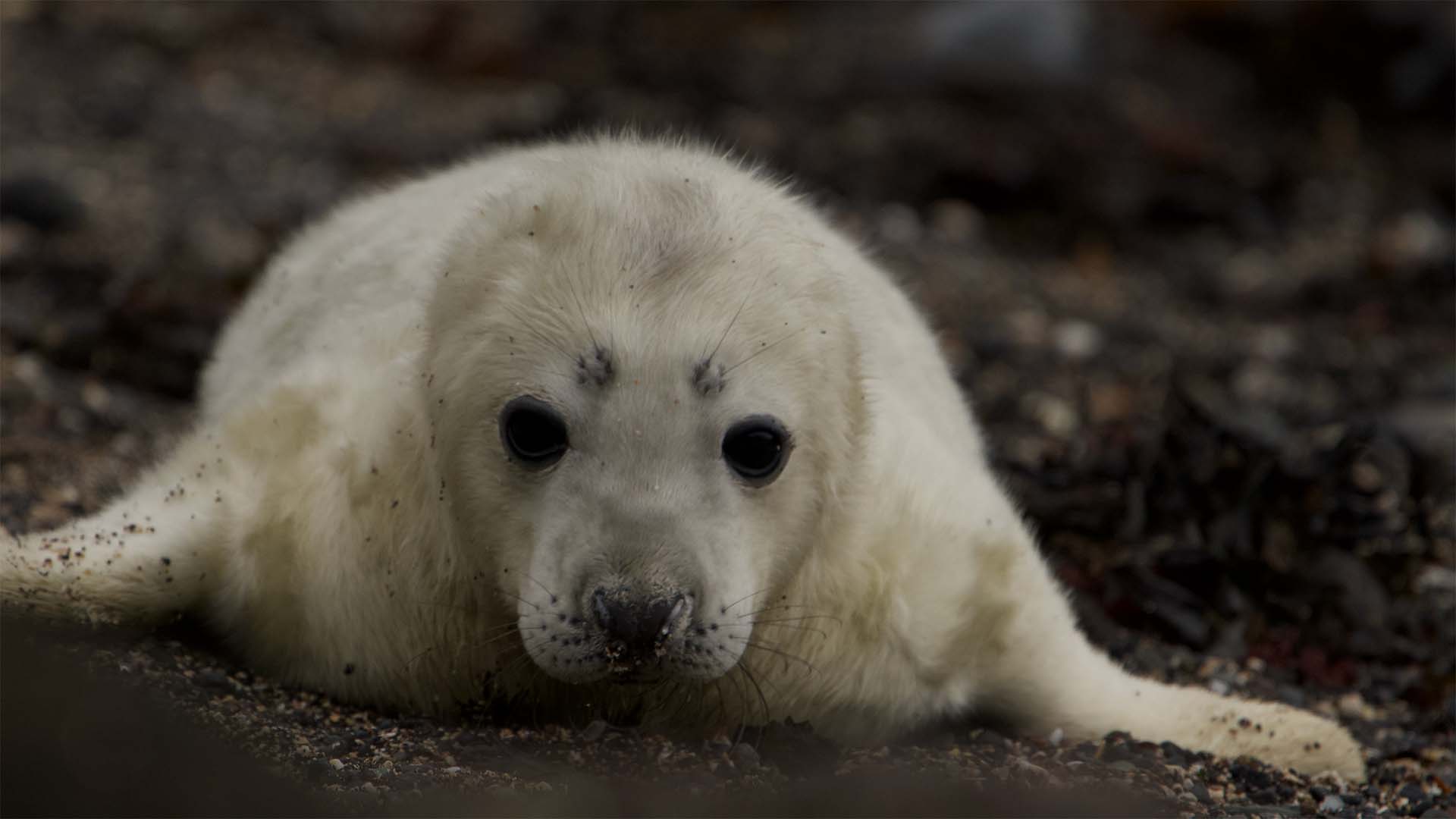
“We went to these abandoned places that had once been so important, so useful to us and saw how important they have become to wildlife, now that humans have been taken out of the equation. The vast array of different species we found was mind-blowing,” says Yussef.
Nowhere was this clearer than in the old Victorian fort tunnels of Inchkeith. These dank, dark survivors of another age did not exactly look like ideal wildlife habitats, and yet none of them were empty of life.
“That was probably my scariest moment,” says Yussef. “We couldn't even stretch our arms out; it was that narrow. I get claustrophobic and of course the cave spiders didn’t help.”

The spiders were lining the tunnel on all sides. At one point I had to pull back our camera operator to stop him brushing his head on the egg sacs that dangled from the tunnel ceiling like baubles. “What's really nuts about all this,” says Dan. “Is that I don't suppose there were cave spiders on the island when humans lived here. It’s incredible that animals will find their way into every space, and that through the processes of decomposition, nature is almost terraforming abandoned places into another type of habitat, one that’s perfect for these animals.”

There’s something strangely reassuring about the fact that nature can take our ugliest leftovers and transform them into new habitats, even if it means more spider caves. At the end of our shoot, walking back to the boat, past the lopsided watchtowers and abandoned barracks, all we could hear was the sound of the animals.
Not so very long ago, our ears might have rung with human noises instead – the shouts of orders and the pounding of guns. Now the loudest sound is that of the seals, their eerie singing filling up the empty buildings of the island they have taken over; their voices so alien and yet so like our own.